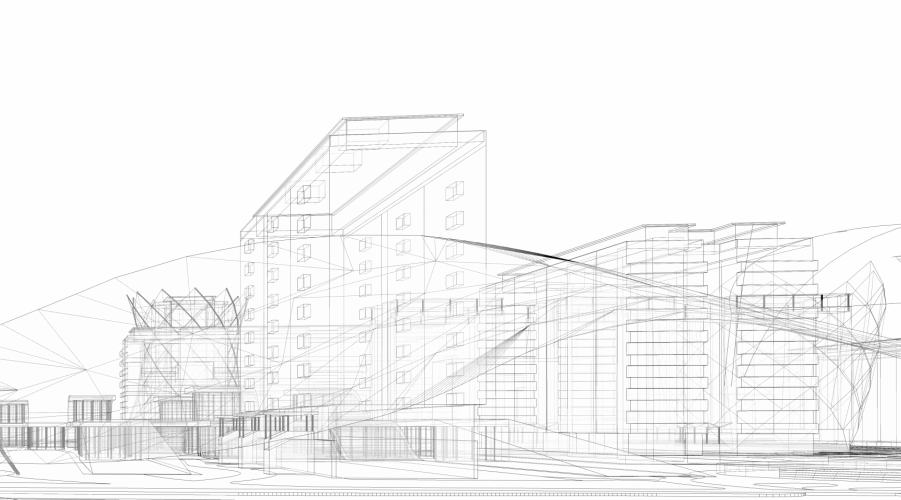How damages were assessed
The developer argued that damages should be calculated on the basis of the diminution in value of the Claimants’ properties. The court rejected this argument and said that, if this was the correct measure of damages, it would be inadequate to compensate the Claimants and, if the developer had been correct on this point, it would have been a strong argument in favour of granting injunctive relief on the basis that damages would not be an adequate remedy.
The court instead determined that damages should be assessed on the basis of a hypothetical negotiation between a willing seller and a willing buyer as at August 2019 (the date was agreed between the parties, being the date just before construction began). Settlements agreed with other adjoining owners were informative, but not direct evidence of what would have been agreed in this hypothetical negotiation. The court also clarified that the negotiations are not a ransom exercise. Instead, the parties know that the Claimants could apply for an injunction and might obtain one, but, on the other hand, the parties know that the developer has the ability to seek a resolution under section 203 of the Town and Country Planning Act 2016 (Section 203) to remove the injunction risk.
The court determined that the parties would have agreed in this hypothetical negotiation that the developer would pay 12.5% of its perceived gain to a compensation pot. This is lower than the figure of 1/3rd often quoted as a starting point in negotiations (based on previous cases). This gave a pot of £3.75 million to be split between all adjoining properties impacted by the development (not just the Claimants). The court then assessed that, of this pot, £1.25 million would be allocated to the Claimants, which resulted in a figure of £725,000 for the Powells and £525,000 for Mr Cooper.
In accordance with previous authorities, the court then stood back and considered whether the sums felt right. The court determined that they were high when compared to the value of the Claimants’ properties. It therefore awarded damages of £500,000 for the Powells and £350,000 for Mr Cooper. These were substantial when compared to the value of the Claimants' properties (£900,000 to £950,000 for the Powells and £1.05 million to £1.1 million for Mr Cooper), the original offers made to them by the developer (£36,000 and £23,000 respectively) and the court’s view of the diminution in value of their properties (£60,000 and £20,000 respectively), but significantly lower than the sums claimed by the Claimants at trial (not less than £3 million and £3.37 million respectively).
Waldram v Radiance and Section 203
For professionals involved in rights of light work, there were other very helpful comments made in the judgment including on how to assess right of light impacts. We would be very happy to discuss these technical aspects further.
Implications for developers
This decision provides reassurance to developers that courts will undertake a careful balancing exercise and are willing to refuse to grant injunctions in favour of damages. However, developers should not interpret this judgment as a licence to proceed with impunity. Each case will be decided on its own facts and the court’s decision was influenced by the developer’s conduct and the significant public benefits of the development. Developers should:
- obtain professional advice on rights of light issues as early as possible to navigate this complex area of law;
- carefully consider their conduct, including which adjoining owners they need to engage with and when to start such engagement;
- consider the potential role of Section 203 in unlocking developments.
Implication for rights of light insurance
It is possible that, whilst the Claimants did not get an injunction, adjoining owners and those that act for them might be emboldened by the damages awarded to the Claimants and seek higher sums than they have previously. This in turn might have an impact on terms that rights of light insurers are willing to provide, including potentially increasing deductibles in such policies. Watch this space.




